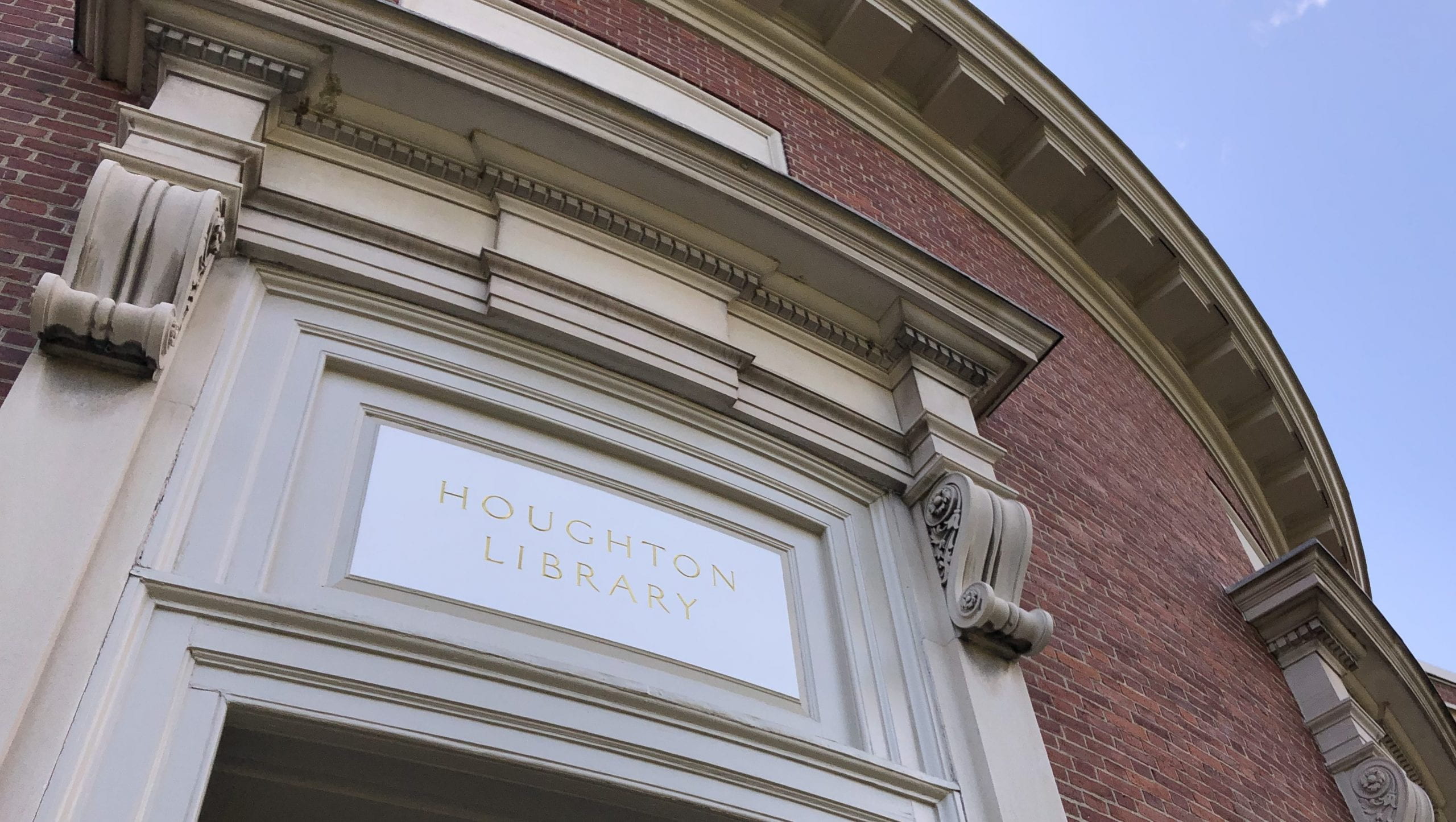![Beliebte tyroler Lieder, p. [1]. 2005TW-44(9.8) detail](http://blogs.law.harvard.edu/houghton/files/2012/11/2005TW-449.8P1detail-150x150.jpg) When you think of Austrian folksongs, perhaps like me you think of Edelweis, or lovely sweet Ländler tunes in the same style? Recently while cataloging a bound volume of Austrian dance music (I thought) from the Congress of Vienna, I ran across this imprint of three Beliebte tyroler Lieder. When I saw the first page (and I’m speaking as a former opera singer here) I was startled to say the least!
When you think of Austrian folksongs, perhaps like me you think of Edelweis, or lovely sweet Ländler tunes in the same style? Recently while cataloging a bound volume of Austrian dance music (I thought) from the Congress of Vienna, I ran across this imprint of three Beliebte tyroler Lieder. When I saw the first page (and I’m speaking as a former opera singer here) I was startled to say the least!
![Beliebte tyroler Lieder, p. [1]. *2005TW-44(9.8)](https://sites.harvard.edu/houghton-library/files/2012/11/2005TW-449.8P1.jpg)
Looking more closely at the pattern, I quickly realized that this was not expected to be sung à la Brunhilde, but that in fact I was looking at an early written approximation of Tyrolean yodeling. A bit more research in the Grove Dictionary of Music and Musicians informed me that awareness of folk idioms as formulated by Johann Gottfried Herder in the 1770s, spread to Austria soon after. Active folksong collecting started in 1803, and important Austrian collections of native songs and dances were published in 1817 and 1819. Folk music was becoming more and more a part of popular culture by 1810 when my Beliebte tyroler Lieder was printed. Here is another example from the same set of songs, which is a bit more in line with the yodeling with which I’m familiar, as seen on this YouTube video of Andreas Aschaber.
To yodel (jodeln in German) is so deeply associated with the Tyrol that it is often referred to in French as chanter à la manière Tyrolienne. Yodeling in Austria was originally concerned with acoustic communication on mountainsides: signals between people, between people and animals, or in rituals, between people and gods. By the beginning of the 19th century, the yodel had been introduced to the big cities by travelling “natural” and “Alpine” singers and by national singing societies and singer families from the Tyrol, Styria, and Carinthia. Travelling entertainers spread the “yodeling style” by presenting a combination of songs and yodels in Viennese theatrical plays. We see an example of this in a Tyroler Lied from Johann Tost’s Singspiel, Der Lügner. This popular piece appeared several times in that first decade of the century, both separately as in this case (ca. 1801) and in small piano collections of popular songs from operas and ballets like this one.
Eventually Austrian folk music became ubiquitous and the nineteenth century is rife with examples from Beethoven to Schubert to Mahler. Recently deceased William Powell Mason Professor of Music emeritus at Harvard University John M. Ward (who donated this Austrian dance collection) would have pointed meaningfully to this confluence of connections between communication and ritual, leading to song and dance, and ultimately, to the theater. Me, I just imagine how much the Austrian people must have enjoyed hearing their Heimatlieder popping up in the theaters and concert halls. Who can resist a yodel?
[Thanks to Andrea Cawelti, Ward Music Cataloger, for contributing this post.]


